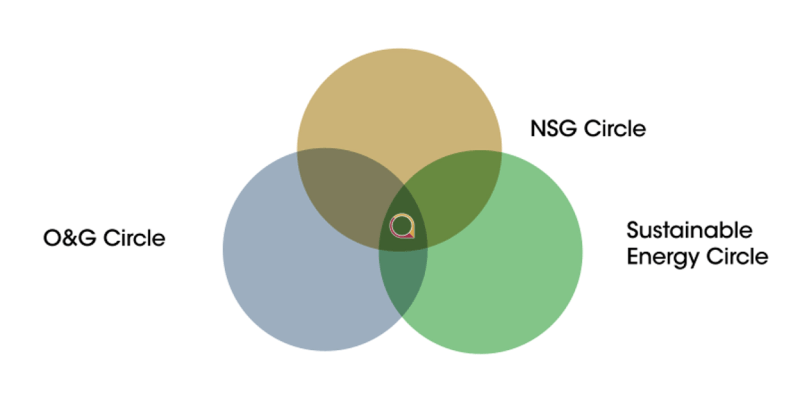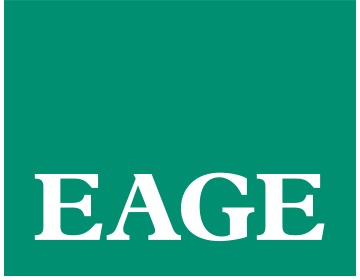At the Special Members Meeting held on 16 February 2023, EAGE members have passed a proposal from the Board to replace the existing two divisional structures of the Association, introducing instead three Circles which are felt to be more representative of the organisation in the energy transition era, namely Oil and Gas Circle, Near-Surface Geoscience Circle and Sustainable Energy Circle.

At the meeting, EAGE president Jean-Marc Rodriguez together with the vice-president Edward Wiarda introduced the modifications to the EAGE Constitution needed in line with these changes.
EAGE president Jean-Marc Rodriguez said: ‘The Board wanted to step away from the Divisions nomenclature, which to many feels dividing and implies having separate “silos” without appropriate overlap between the areas of interest that they represent. We carefully considered several possible options and concluded that the term Circle best encompasses the idea of multi-disciplinary collaboration and inclusivity.’
Edward Wiarda explained in more detail why the name Circle was chosen: ‘Circles embody the spirit of who we want to be as an Association – inclusive and giving members the feeling of being part of a single EAGE, with circles representing unity and a round table at which there is a place for every member. Moreover, through visualization by Venn diagrams, our three Circles – Oil & Gas, Near-Surface Geoscience and Sustainable Energy – now provide a well-rounded framework that allows for an increasing overlap between two or even three circles with time and a stepping stone for the Energy Transition within EAGE’.
‘The overlap zones,’ Wiarda said, ‘represent joint collaboration, synergy, integration, knowledge sharing and efficiencies (read: cost reduction), across geoscience and engineering disciplines and specialisations, regions, and industries. It is in these overlap sweet spots where members, technologies and solutions, developed in one Circle, meet the members, applications and challenges of the other (two) Circles”.
Caroline Le Turdu, Membership and Cooperation Officer, adds: ‘The technical communities had also grown substantially over the last few years, and we wanted to ensure we would capture all the excellent initiatives from those communities that could benefit all EAGE members on both sides of the “division”… The Circles are an opportunity to get closer to our members and to stimulate interactions and engagements between the board, circles, communities, committees and all EAGE members.’
Every member is invited to join multiple Circles and to start or get involved in their (joint) activities and communities.
Further steps and timeline will be announced during the Annual General Meeting for Members (AGMM) in Vienna in June when the leadership of the Sustainable Energy Circle, elected in the upcoming Ballot, will be introduced.
Read the complete news in First Break April.






